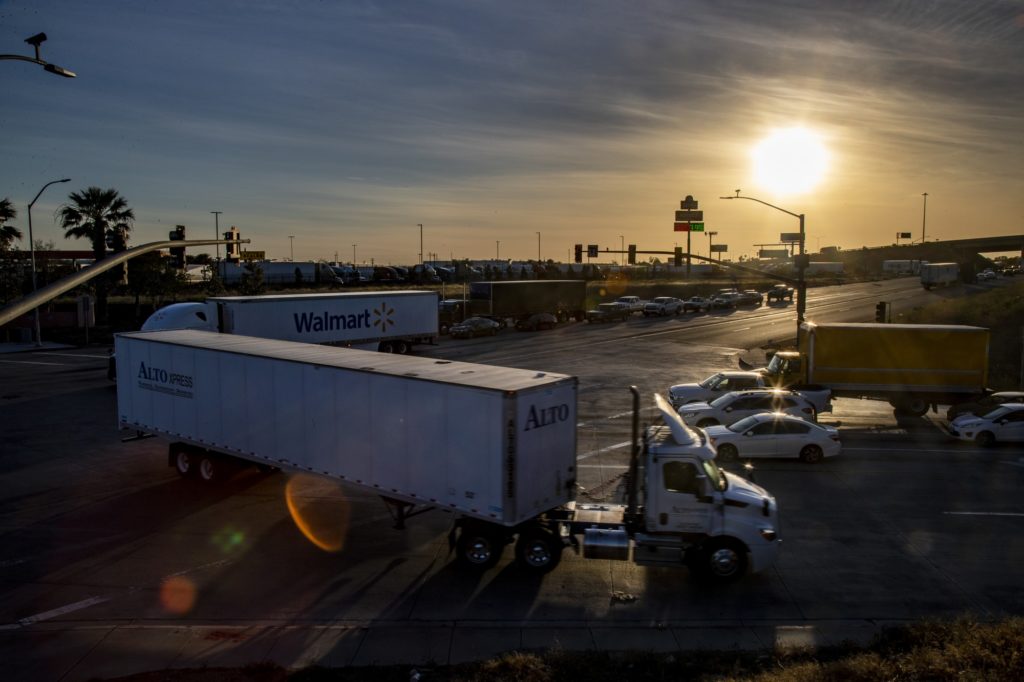Warehouse Pollution

Among the biggest battles over pollution right now is around southern California’s enormous warehouses. This deserves attention and our support in the fight for regulation.
Now, Southern California air quality officials are set to vote on rules that for the first time would hold warehouses in the nation’s smoggiest region accountable for pollution from the diesel trucks they attract. At a public hearing Friday, the South Coast Air Quality Management District’s governing board is expected to decide whether to adopt the regulation, and how stringent it will be.
Approval of the measure would mark a big step toward curbing the environmental impacts of a booming goods-movement industry that is both an economic engine and major source of health-damaging pollution. The industry, which handles many of the products flowing through the nation’s largest port complex and gets them into stores and onto people’s doorsteps, has only gotten busier as pandemic-fueled online shopping pushes record amounts of cargo through the region.
The rule has the support of environmentalists and community groups who have for years pleaded with state and local regulators to use their power to curb warehouse-related pollution. But powerful goods-movement interests are pushing members of the 13-member air-quality board to reject the proposal. Industry groups claim the requirements would stifle job growth and would not clean the air, and that the rule amounts to a tax and is beyond the legal authority of the air quality agency.
“That’s totally false,” said Wayne Nastri, executive officer of the South Coast air district. “We’re very confident that not only do we have the authority, but we’re going to be able to achieve emission reduction.”
The rule would apply to about 3,000 large warehouses across the region, requiring them to take steps to cut or offset emissions associated with their operations.
It relies on a points-based system, in which warehouse operators choose from a menu of options, such as using electric or natural-gas fueled trucks, installing charging stations, rooftop solar panels, or even putting in air filters in nearby schools and child-care centers — a provision critics have complained would not actually reduce pollution. Businesses subject to the rule can also opt to pay a mitigation fee, which would be used to fund similar air quality improvements nearby.
It’s not the agency’s largest rule in terms of pollution reduction. The air district projects that over the next decade it will reduce emissions of smog-forming nitrogen oxides from warehouses by one and a half to three tons per day, a decrease of 10 to 15%.
I do feel like I tell the same stories a lot, but that’s because there are many fights and the stories need to be told. An aggressive, powerful regulatory state is the only method forward for solving problems of both labor exploitation and environmental degradation. The neoliberal era pushed the Big Lie that private action could do this better than public action. We are slowly turning this around, one regulation at a time. But there’s many, many, many fights to come. This is one of them.


